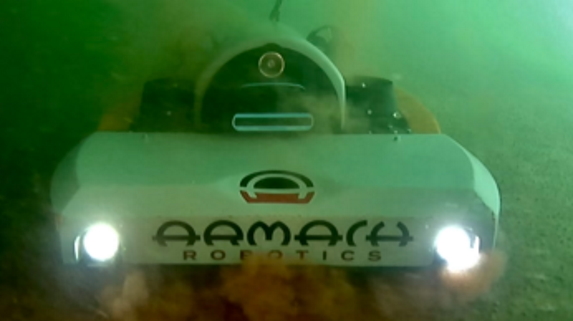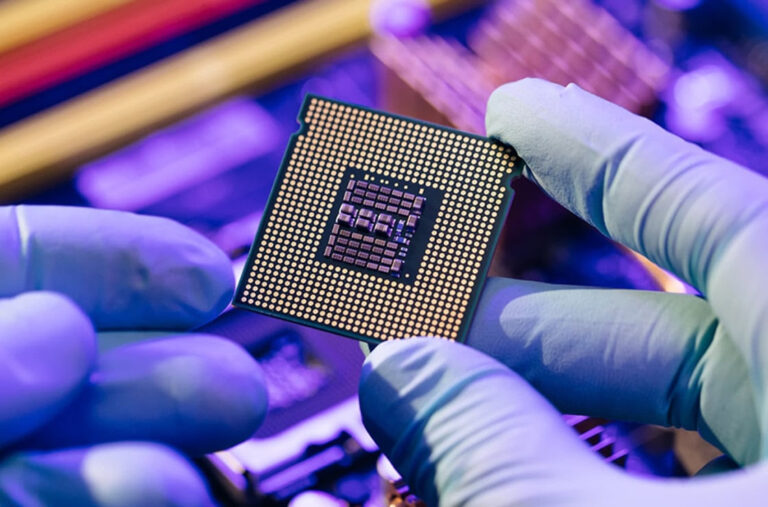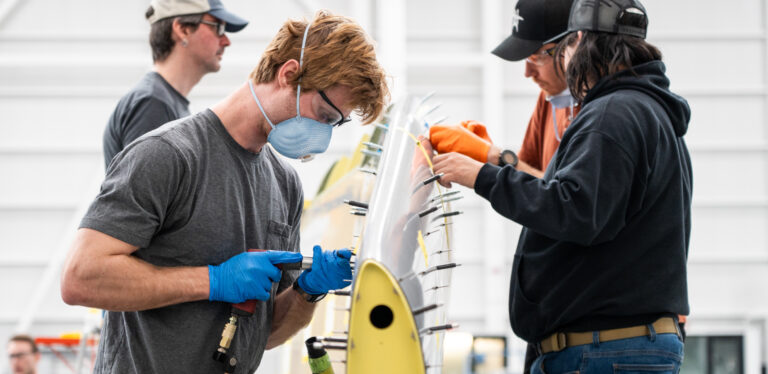A Richmond, VT Firm Aims to Help Save the Planet by Cleaning Ocean Vessels With Robots
Source: Seven Days
Ben Kinnaman thinks he can transform the shipping industry and the world’s navies by making vessels faster, more fuel-efficient and cheaper to operate. In the process, he hopes to reduce greenhouse gas emissions and protect delicate marine ecosystems from invasive species.
How? By using small, autonomous robots to clean a ship’s hull faster than was previously possible — at a fraction of the price. The robots were all designed and built by Armach Robotics, Kinnaman’s new Vermont-based company. Its CEO and founder has extensive experience navigating the oceans, albeit thousands of feet below the surface.
Armach is a spin-off of Richmond-based Greensea Systems, which Kinnaman founded in 2006 to design technology used in the guidance of deep-sea robots. With more than 60 employees, Greensea works with the militaries of 16 countries worldwide, including the U.S., Canada, France, Saudi Arabia, Sweden, Turkey and the United Kingdom.
Now, Kinnaman has charted a new course into the realm of ship husbandry, or the cleaning and maintenance of oceangoing vessels. Specifically, Armach has developed a novel solution to an age-old problem.
Biological fouling, or “biofouling,” is the accumulation of marine life — algae, seaweed, barnacles, tube worms, mussels — on the surfaces of ships and nautical equipment. It’s an enormously expensive problem, Kinnaman explained: Militaries and maritime companies spend $9.3 billion annually removing biofouling and repairing the damage it causes.
“Once a ship becomes fouled,” he said, “you start losing money hand over fist.”
Maersk Line, the Danish shipping company, has estimated that one of its container ships racks up $20,000 a day in excess fuel costs due to biofouling. A 2011 study done for the U.S. Navy found that biofouling increases the fleet’s annual operating cost by as much as $1.15 million per ship.
The environmental effects of biofouling are equally massive. The shipping industry accounts for 3 percent of global greenhouse gas emissions. According to a November 2021 report by the International Maritime Organization, the hydrodynamic drag created by a layer of slime just half a millimeter thick on a ship’s hull can increase its greenhouse gas emissions by 20 to 25 percent.
The impact only worsens when the growth is left unaddressed. Five millimeters of barnacles or tube worms on the hull of a 320-meter-long tanker will increase that vessel’s emissions by as much as 55 percent, the maritime organization report noted.
Read the full Seven Days article.







